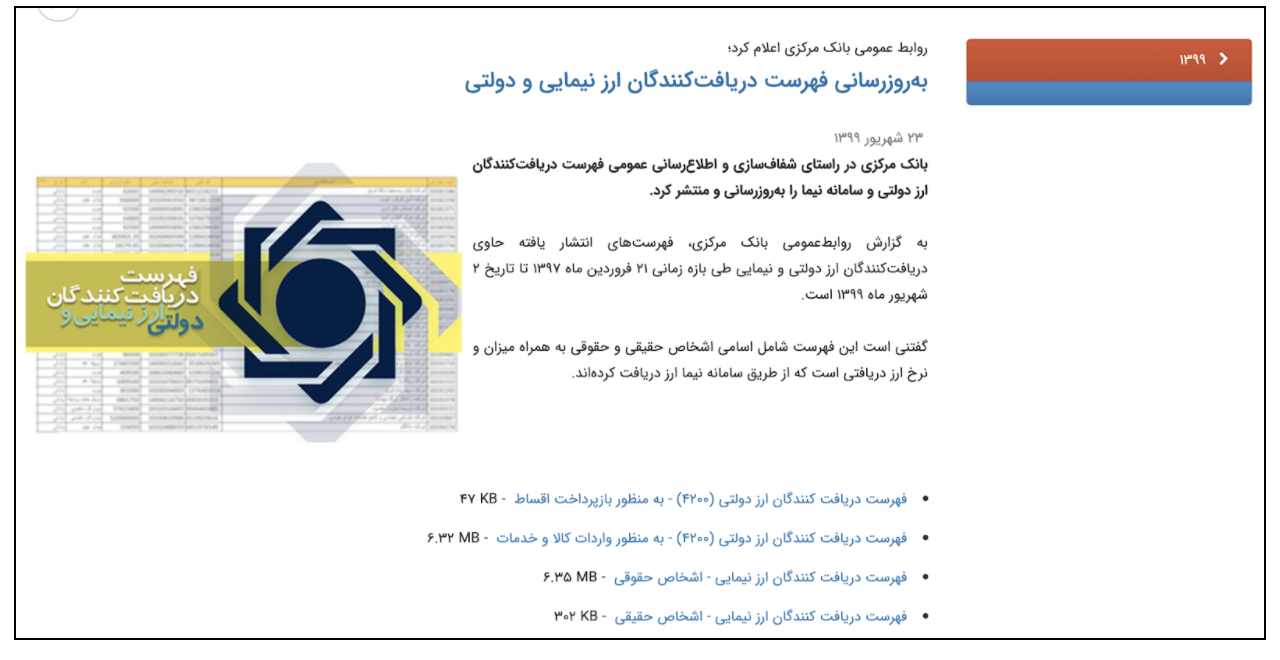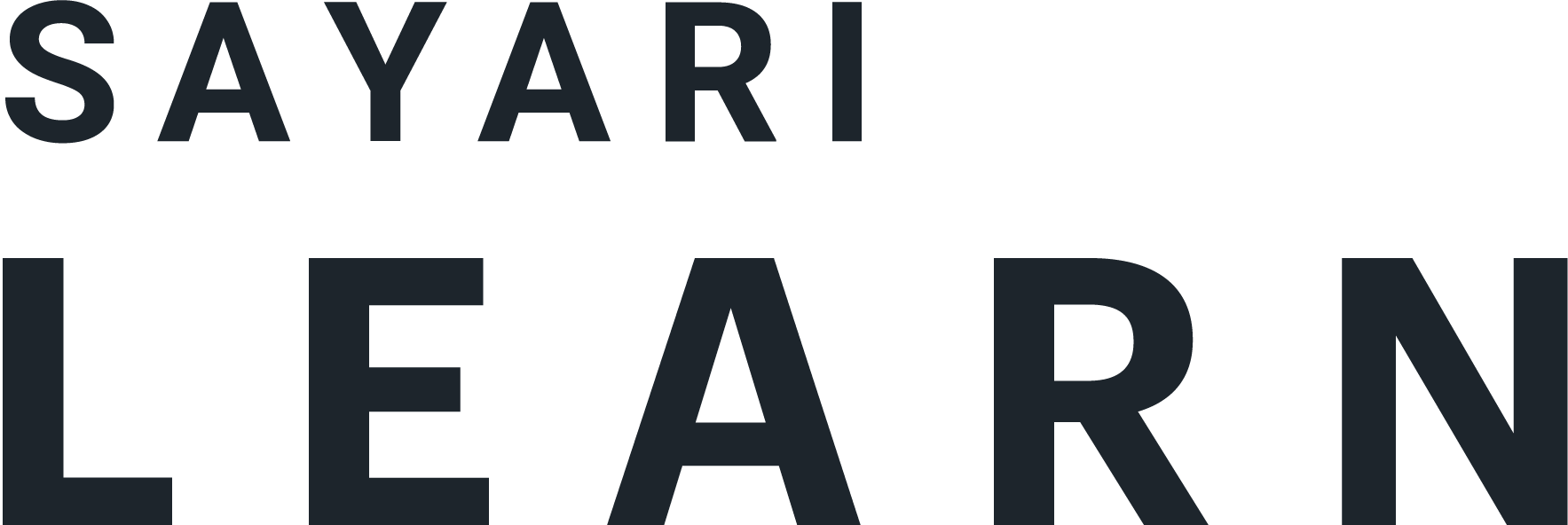How to Identify and Interpret Trade Data from the Central Bank of Iran
It is often difficult to obtain reliable, recent trade data given the lack of open source information available on Iranian entities. However, foreign currency exchange requests recorded by the Central Bank of Iran can indirectly reveal trade flows across numerous jurisdictions.
Follow these steps to find an entity’s recent trade-based transactions via the Central Bank of Iran.
1. Familiarize yourself with Iran’s NIMA system
Iran’s Foreign Exchange Management Integrated System (NIMA) is an online currency exchange system launched by the Central Bank of Iran (CBI). NIMA requires Iranian exporters to sell their foreign currency earnings for Iranian rials to ensure the CBI has adequate foreign currency reserves to purchase essential goods. NIMA also tracks foreign currency requests made by Iranian importers of goods and services.
2. Understand data provided in relation to the NIMA system
Since the start of the NIMA system in 2018, the CBI has published lists containing the recipients of NIMA and government currency. The lists are updated on a monthly or bi-monthly basis.

Fig. 1: Screenshot of the published NIMA and government currency request lists from the CBI’s webpage (as of August 2020).
The CBI publishes four types of lists, as shown below:
List of recipients of government currency – to repay installments
- Includes entities that request foreign currency to fulfill a financial or contractual obligation with a foreign entity
List of recipients of government currency – to import goods & services
- Includes entities that require foreign currency to import goods and services from abroad
List of recipients of NIMA currency – real individuals
- Includes individuals who request foreign currency for rials, possibly for exporting goods and services
List of recipients of NIMA currency – legal entities
- Includes companies that request foreign currency for rials, possibly for exporting goods and services
3. Learn how to navigate NIMA’s published lists
Each published list can be downloaded as a searchable Excel sheet in Persian. The CBI data provides the type and amount of currency requested, as well as the National ID Number and name of the Iranian entity or individual making the request.
By tracing the amount and type of currency requested, you can indirectly identify the entity’s trade flows based on the jurisdictions that use the requested currency.
For example, if company X requested 10,000 Chinese yuan (roughly $1,500 USD) from the CBI then it can be deduced that company X imported $1,500 worth of goods and services from China. Alternatively, if company Y exchanged 500 euros (roughly $590 USD) for rials with the CBI, that would indicate company Y likely exported $590 worth of goods and services to the EU.
To see how we incorporated the CBI trade data into an investigation, read our blog post “Public Records Reveal UAE Network Behind Alleged Supplier of Iranian Ballistic Missile Equipment”.
